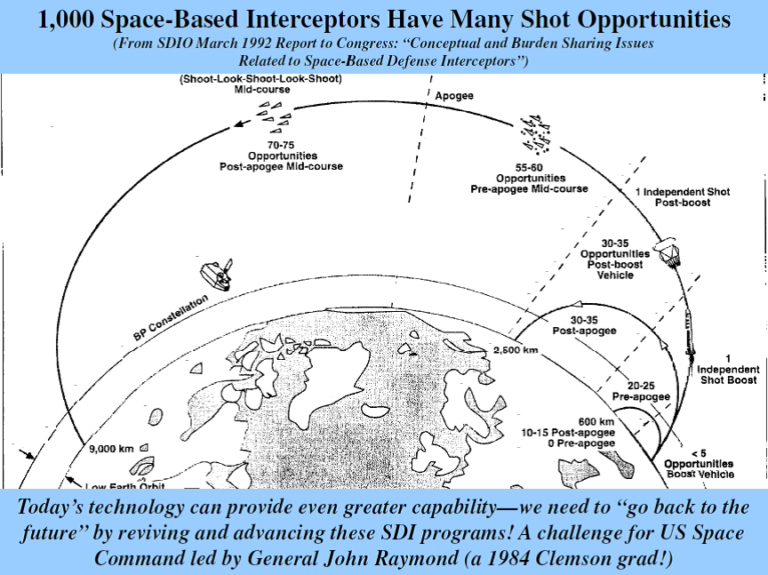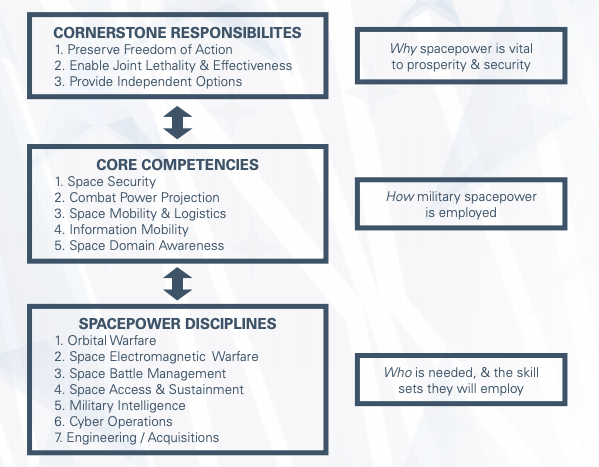

1 ‘The Space Race’ (21 February 2021) accessed 13 June 2022 accessed 13 June 2022 Captain John Shaw, ‘The Influence of Space Power upon History (1944-1998) accessed 15 June 2022 This summit marked an end to the Cold War. The Soviets tried to keep up by modernizing their ICBM and developing their first anti-satellite weapon – however, it feared America’s rapid space developments and this was one of the reasons it agreed to the Reykjavik summit in 1986. With successful Apollo missions, the launch of America’s reusable space shuttle, and the beginning of the Strategic Defense Initiative – the USA invested heavily in space technology. The Soviets imitated the same space strategy and used satellites to track the nuclear movement in the USA. Air Force’s missile warning satellites which provided the first line of defense against any strikes. The satellites operated by NRO had the support of the U.S. CORONA gathered intelligence on the Soviet Union and its allies by using satellites.

From 1960-72, it operated a program code-named ‘CORONA’ in collaboration with the Central Intelligence Agency (CIA) and the National Reconnaissance Office (NRO). Air Force then started national security-oriented space programs to exploit the military potential of space. ICBM was originally the first space weapon which transformed the strategic nature of space warfare.

In 1959, the USA launched a strategic defensive weapon called the intercontinental ballistic missile (ICBM). army launched its first satellite ‘Explorer I’ the year after, and then established a federal agency for space exploration called the National Aeronautics and Space Administration (NASA). The USA feared it could deliver a nuclear warhead into U.S. In 1957, Russia launched Sputnik-I (an artificial satellite) which posed a threat to the USA. Due to technological progress, space exploration served as another arena in which this was possible and this led to the space race. This is a manuscript of an article published by Taylor & Francis in the RUSI Journal, 3 April 2017.The Cold War between the world superpowers – the United States of America and the Soviet Union – marked the beginning of an era in which they were preoccupied with proving their superiority over each other in all fields technology, military firepower, politics and the economy. Finally, he suggests that contemporary Russian warfare is more than just war, and amounts to a reinvention of strategic art, where the tools of state power are integrated into a single whole. Second, he introduces a method of categorisation to help make sense of the considerable diversity of Russian tools of war. First, he asks whether 'hybrid' is the most appropriate term to use when studying contemporary Russian warfare. Here is the abstract: In this article, Robert Seely offers a comprehensive assessment of what has become known as Russian 'hybrid' warfare. The article attempts a comprehensive definition of contemporary Russian warfare which I hope will contribute towards a wider debate on the subject amongst researchers, academics, soldiers and historians. Given the situation with Syria and elsewhere, please see a draft of my latest peer-reviewed piece in the Royal United Services Institute publication, the RUSI Journal.


 0 kommentar(er)
0 kommentar(er)
